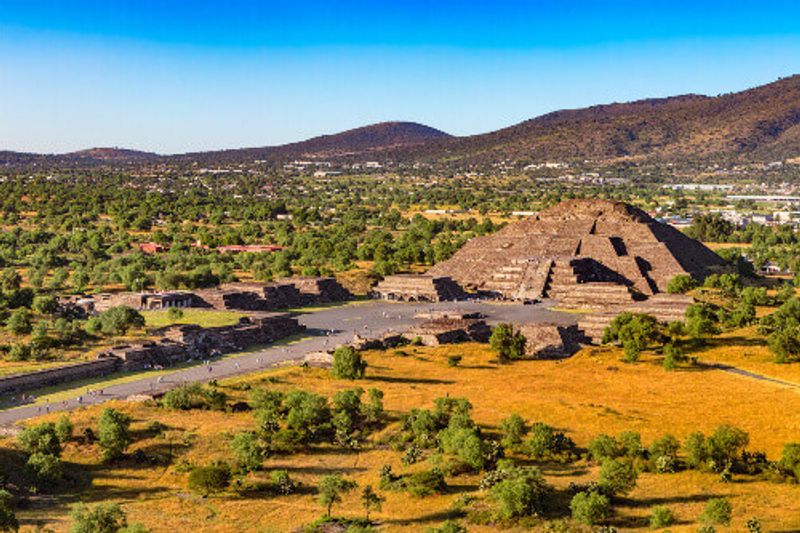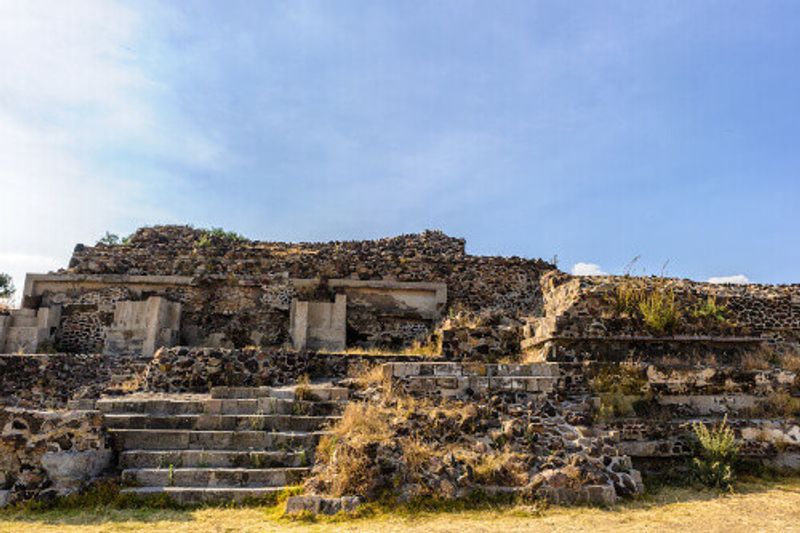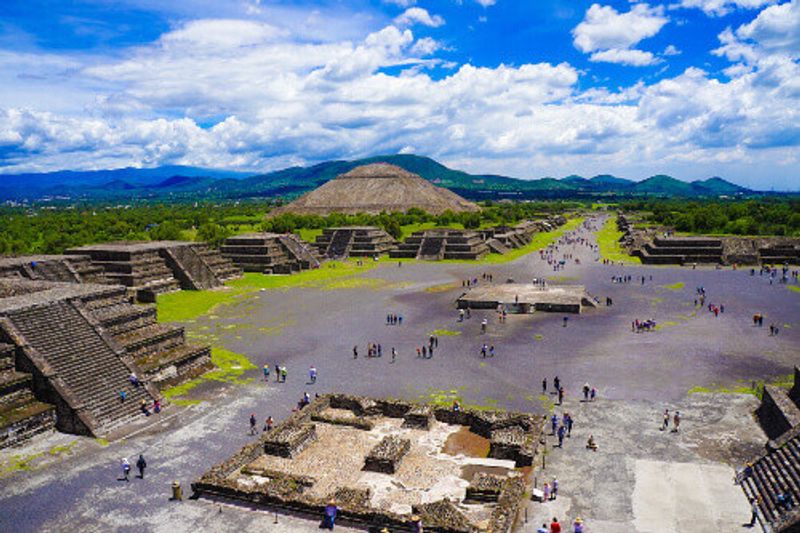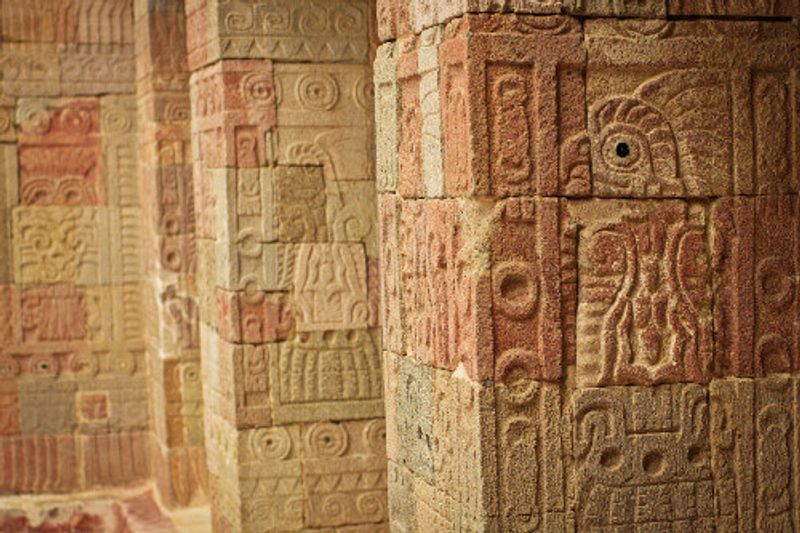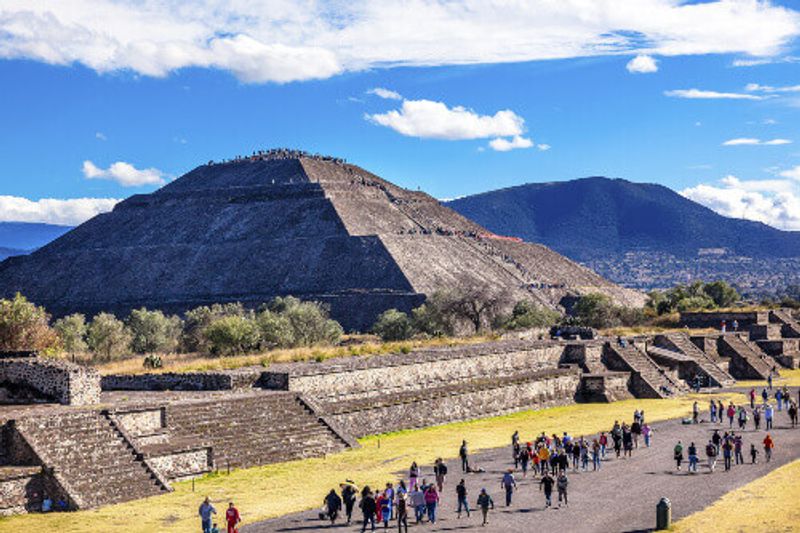With enough pyramids to rival Egypt, this mysterious Mesoamerican city is an unmissable fixture on any Mexican itinerary
North-east of Mexico City sits one of the grandest ancient sites in all of Latin America. In its heyday, Teotihuacán was one of the largest cities in the Western Hemisphere, stretching for approximately 21 sqm and home to a population of 100,000. While the Aztecs discovered the city in the 13th century and dubbed it Teotihuacán – meaning ‘the place where the Gods were created’ in Nahuatl – they were far from the first occupants. In fact, despite being a UNESCO World Heritage Site since 1987 and the subject of many extensive studies, the original builders and residents of Teotihuacán are still unknown.
When it was first excavated, experts believed the city was constructed by the Toltec people, however, archeological evidence places the apogee of the Toltecs many years after the estimated peak of Teotihuacán. Other theories point to the Totonacs, or immigrants from other cultures fleeing a volcanic eruption. Perhaps in years to come, we’ll learn it was another group altogether. Irrespective of its origins, the one thing experts can agree on, is that many civilisations left their mark on the city – from the Maya to the Mixtec and beyond.
Teotihuacán is a worthy day trip from Mexico City – just remember to don your walking shoes. Take in the grandeur from Calle de los Muertos or Avenue of the Dead, like many ancient Mesoamericans would have before you. This 2.4 km stretch runs from La Ciudadela, a sunken section of the city adjacent to the intricate Templo de Quetzalcóatl (Temple of the Feathered Serpent), past the jaw-dropping Pirámide del Sol (Pyramid of the Sun) and finishes at the Pirámide de la Luna (Pyramid of the Moon). Along the way, you’ll pass countless plazas, palaces and living quarters influenced by various ancient architectural styles.
Much like the iconic Pyramids of Giza, no one knows exactly how the materials were transported to build these monstrous stone pyramids, but experts agree they were likely formed around a rubble core, surrounded by walls and covered by limestone. Fascinatingly, if you were to peek inside the pyramids of Teotihuacán, there’s a good chance you would find smaller replicas. Historians believe that many pre-Columbian pyramids were constructed as dedications to deities rather than tombs, and rebuilt over and over to symbolically strengthen the ruler’s relationship with the gods.
Standing at 70 metres, the Pirámide del Sol is the city’s most significant construction. This monumental pyramid is the world’s third-largest, behind the Great Pyramid of Giza and Cholula in southern Mexico. Unlike other ancient sights, visitors are welcome to climb to the top of the sun pyramid – should their knees allow it! If you can handle the 248 steep, cobbled steps, you’ll be rewarded with unrivalled views across the city of Teotihuacán and the Central Mexico Basin.
